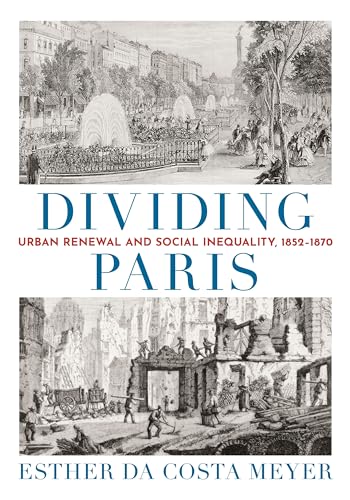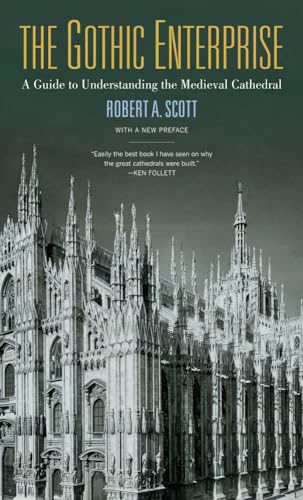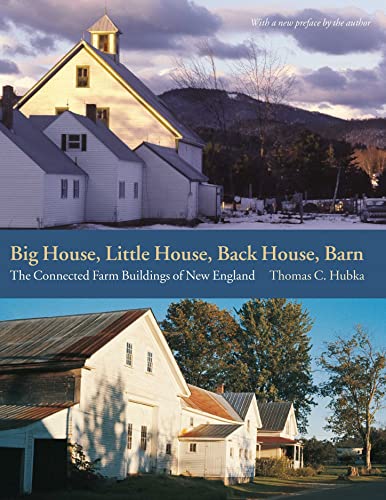
Author: da Costa Meyer, Esther
Price: $55.00
Category:Architecture
Publication Date:2022-02-15T00:00:01Z
Pages:416
Binding:Hardcover
ISBN:10:0691162808
ISBN:13:9780691162805
“Dividing Paris: Urban Renewal and Social Inequality, 1852-1870 offers a new look at the ambitious urban changes that transformed the city of Paris during the Second Empire, when Paris became a template for urban renewal in many large cities in Europe, North, and South America. Esther da Costa Meyer looks at the social and historical of context of these urban changes–what Napoleon III, his prefect Georges-Eugene Haussman, and their team of engineers planned, as well as how the diverse and deeply stratified public responded to them. Along with broad streets and boulevards intended to enable crowds and merchandise to circulate and, also, impede the chances of popular insurgency, Haussman’s project of urban renewal called for ample water supply, sewerage, and public parks and gardens. These changes radically altered the old, tightly-knit weave of the medieval city, serving the needs of the industrial bourgeoisie while forcing the urban poor to the outskirts. Dividing Paris is the first architectural history of the city that takes into account the larger part of the urban territory annexed in 1860, a ring of settlements and villages which became increasingly class-specific. Instead of relating the story of Haussmanization as a top-down administrative effort, as Haussman’s critics and admirers have both tended to do, it draws on primary sources, especially newspapers and memoirs, to investigate the degree to which Parisians’ experiences of modernity were class and gender-specific and to ask what strategies working class men and women in particular used to cope with and in some cases resist the changing world around them. At the same time, da Costa Meyer resists the familiar narrative of Paris as “capital of the 19th century” that has endured, at least since Walter Benjamin’s famous essay, as euro-centric and misleading insofar as it fails to situate Paris’s urban developments in a broader global context or to acknowledge the extent to which Haussmanization was itself implicated in the broader imperial project on which France was embarked at the time”–






